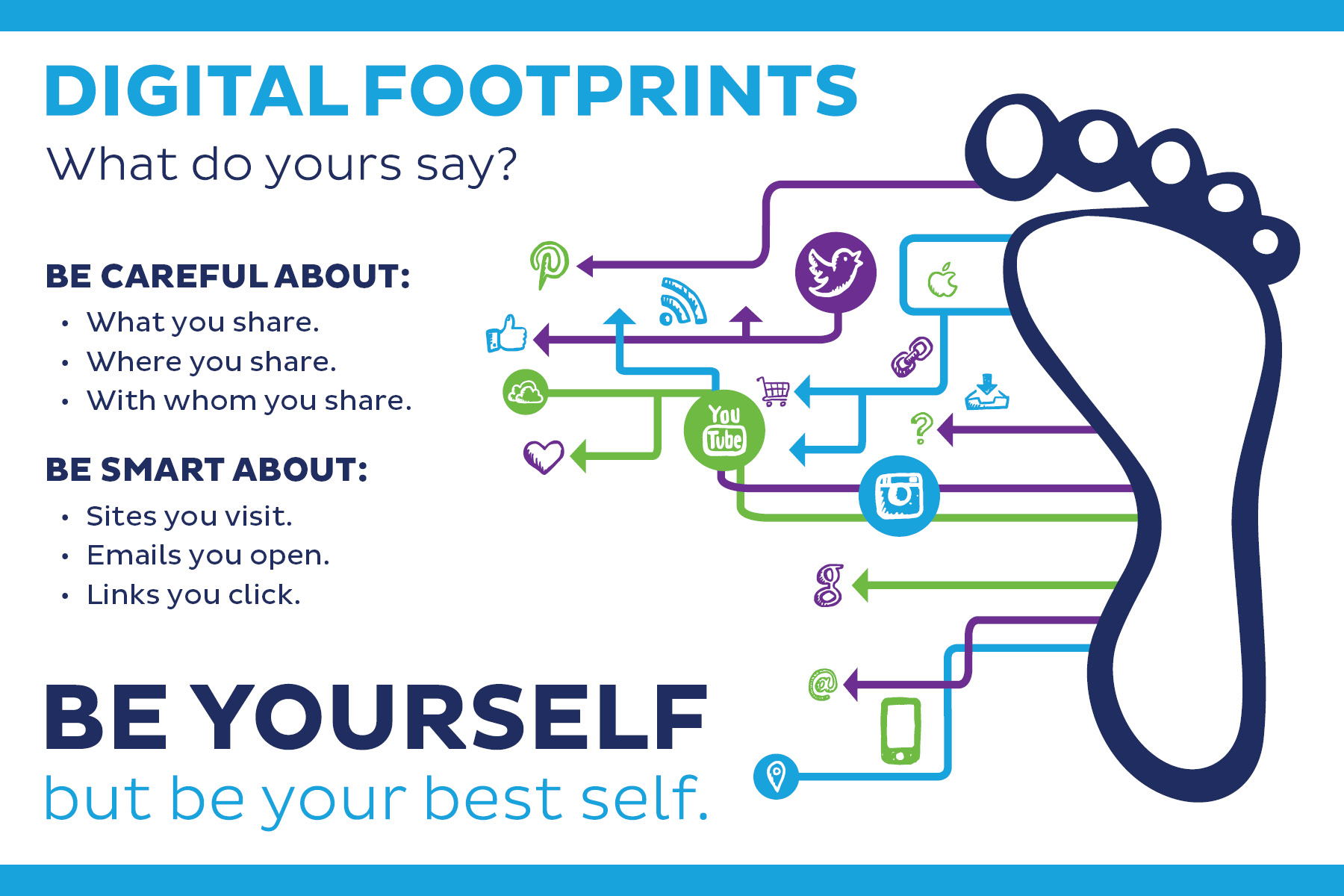This is the same kind of issues facing all wearable makers and more so for Apple given their design ethos of simple and thin. The other aspect as noted is the software. And this integration of hardware and software is Apple’s forte. I mentioned previously the upcoming features in OS X 10.10 and iOS 8 (Continuity and Handoff) that are just small pieces of the puzzle for whatever wearable form factor that is on the horizon.
Touch support wasn’t anything new either; but Apple’s design when taking into account both the hardware (using a capacitive touch screen versus resistive which is what most touch screen devices were using at the time) as well as a touch user interface specifically designed for the form factor.
What it initially lacked in technical specs and certain features was a result of design iteration. Over time, Apple added in features they initially had to omit while continuing to further refine the design. And this is the exact same approach that is going to accompany their wearable product while also potentially using things within their patent portfolio to solve problems.
Like they do have patents related to solar powered flexible multitouch displays for example. It’s possible this could be technology much more suitable for something like a wearable device as supplementary power. Another is one related to kinetic energy which was touched upon in a comprehensive patent filing and actually makes even more sense.
Again, these aren’t anything new; it’s just that no one has really found ways to maximize their abilities and utilize them in designs at price points which make sense. But this is what Apple in recent years, has gotten very good at doing. And I guess we are all kind of find out September 9th, exactly what their vision of the wearable device is going to be (if rumor holds true that they will indeed be talking about such a device).



